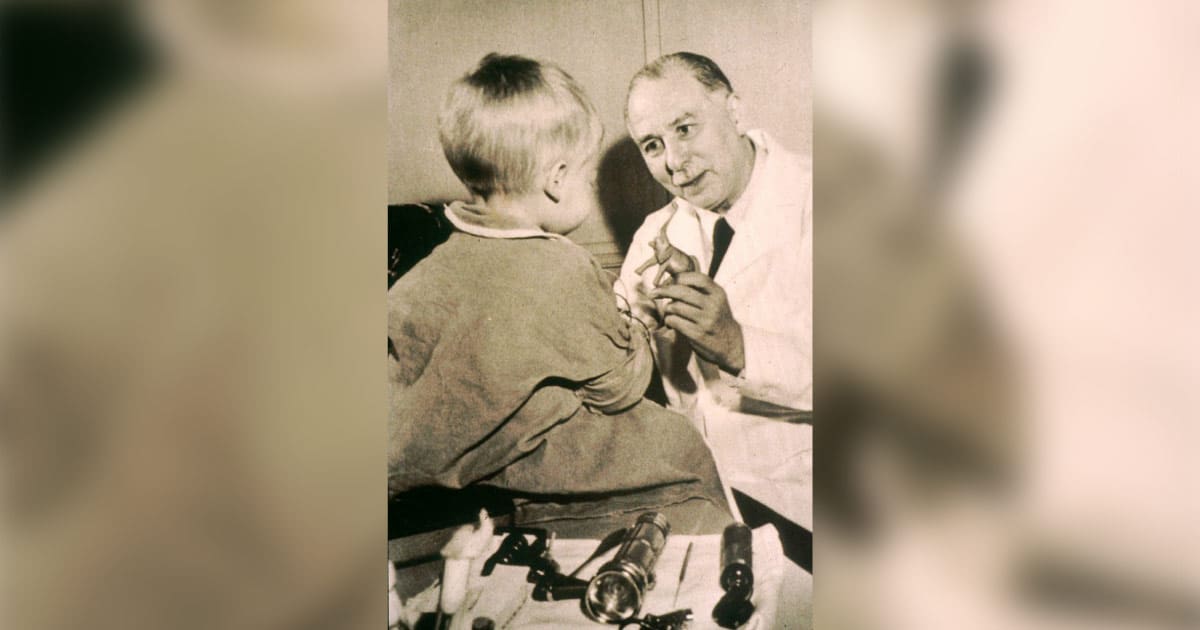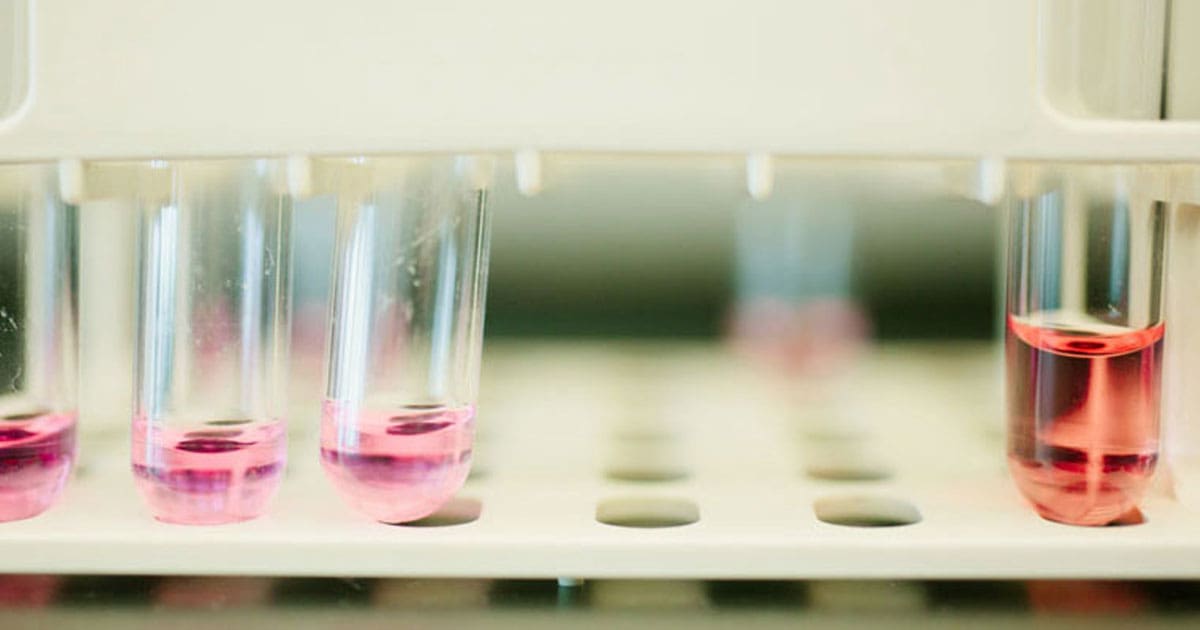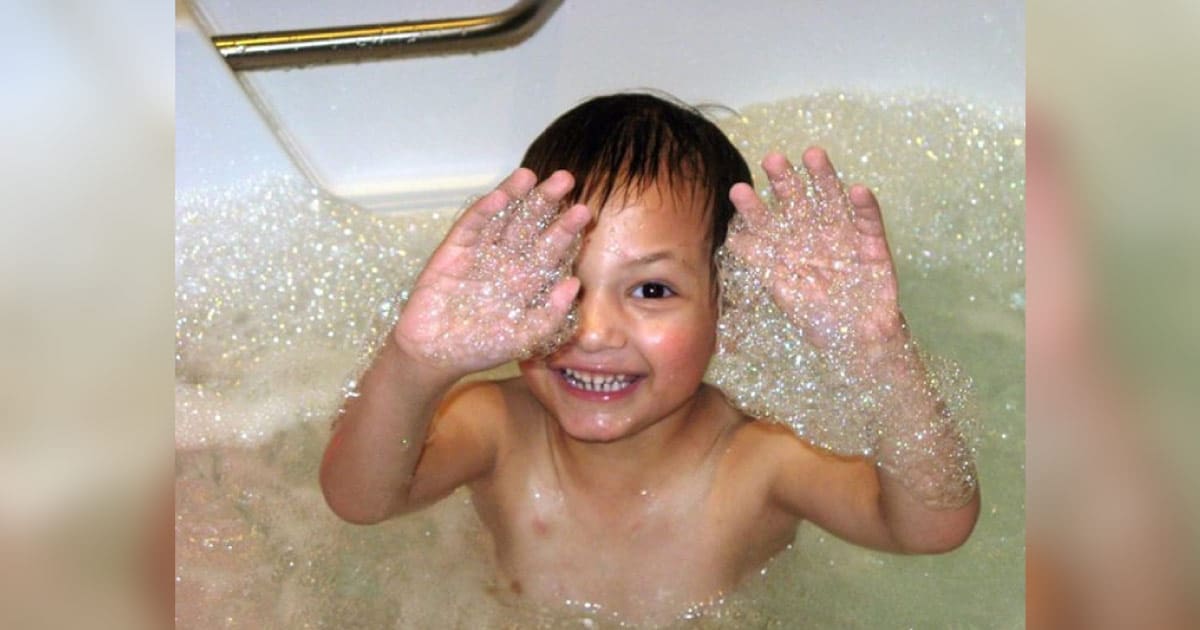In honor of Childhood Cancer Awareness Month, we are looking back through the decades at the milestones in research that have brought us to where we are today, and we are looking to the future — made brighter for kids with cancer because of you!
The childhood cancer research world we know today owes itself to the progress of the 1950s and 1960s.
It was a time “when people really began to believe that you could take a swipe at cancer,” said Dr. Crystal Mackall of the National Cancer Institute. Dr. Mackall is co-chair of the Stand Up to Cancer – St. Baldrick’s Pediatric Cancer Dream Team*, which is working to develop new, targeted therapies for kids with difficult-to-treat cancers.
For the first time, chemotherapy gave doctors a weapon against childhood cancer. Working alone and often ridiculed for his pioneering work, pediatric pathologist Dr. Sidney Farber was the one who first discovered that these drugs could treat kids with cancer.
“Childhood leukemia, the most common killer of kids with cancer, was one of those places where some types of responses were dramatic,” Dr. Mackall said. “That is Sidney Farber’s legacy.”
Alongside the discovery of chemotherapy, something else changed.
Before that period, palliative care was the only care available for children with cancer. It was considered immoral to conduct clinical trials with kids.
“People thought you should just keep these children comfortable,” she said.
A shift in attitudes led Dr. Farber to become a heralded advocate for cancer research funding, and to the creation of a consortium in 1955 that would focus on childhood cancer with the kind of research that we know today. This consortium would eventually evolve into the Children’s Oncology Group.

The 1970s and Combination Chemotherapy
In the 1970s, the use of combinations of multiple chemotherapy drugs emerged, along with the idea that more chemotherapy was better.
Progress was rapid. Leukemia, which had been the biggest killer of kids just decades before, began to look survivable, as did other childhood cancers.
“The survival in osteosarcoma rose. The survival in Ewing sarcoma rose,” Dr. Mackall said. “So even though the therapies that were being developed were pretty toxic, they were working much better than anything had worked before.”
Treatment for kids was intense, leading to the use of blood transfusions, antibiotics and other measures meant to keep children safe as they received therapy.
“It led to this whole system of supportive care that still today is the main structure around which children with cancer are cared for,” she said.
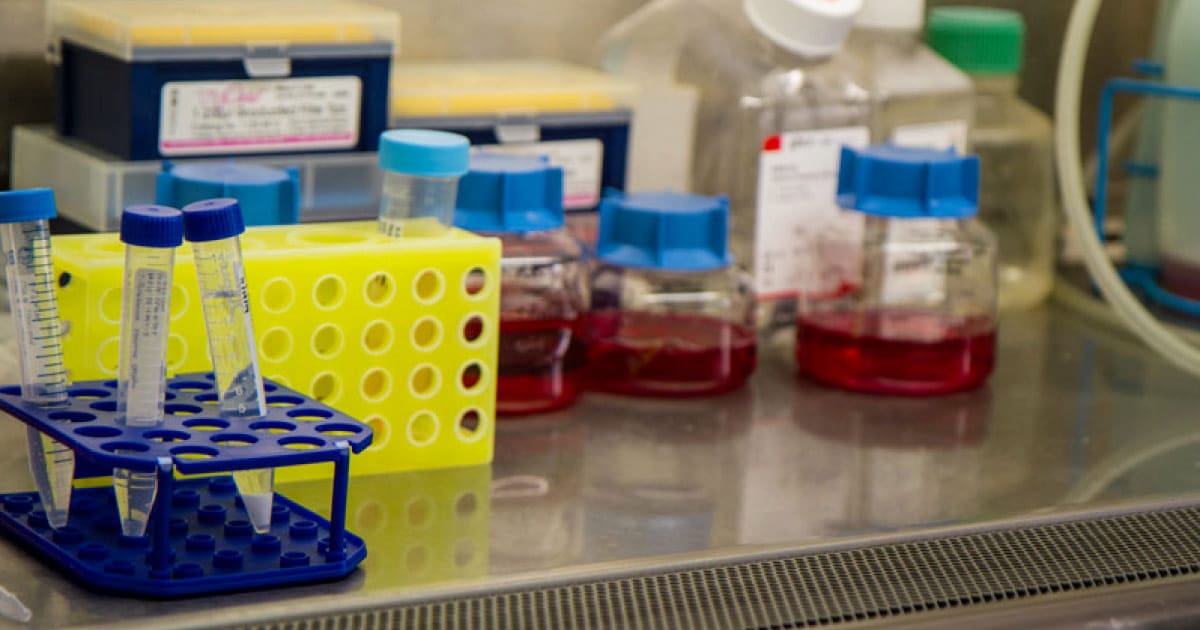
The Doldrums of the 1980s and Early 1990s
In the 1980s, bone marrow transplantation outcomes improved for kids and a few new chemotherapy agents were introduced. But for the most part, clinical progress had plateaued by the early 1990s.
This was a time when men and women who had been pediatric cancer patients years before started showing the effects of harsh, high-intensity treatments. Survivors were experiencing a multitude of issues, including deadly heart problems.
It was a humbling development, Dr. Mackall said.
“We had to start thinking, ‘How do we back off on our chemotherapy?’”
With targeted therapies already available for adult cancers, it was a time of soul searching in the childhood cancer research community.
We realized that we generally were hitting a wall — buying more toxicity with higher doses and more chemo, but we weren’t really buying more efficacy,” Dr. Mackall said. “So, at that point the field really began to realize that we needed a lot more science to tell us more about what makes the tumor different from a normal cell, what drives the tumor, and how we can use those insights to make targeted therapies.”
Investing in the Biology of Childhood Cancer in the 1990s
While scientists in the decades before were hitting childhood cancer with chemo without knowing much about how the cancer actually worked, Dr. Mackall considers the 1990s a new era — the era of investment in the biology of childhood cancer.
By going back to the lab, researchers were beginning to gain insight into the inner workings of a host of kids’ cancers.
Still, it wasn’t enough. By this time, adult cancer researchers had already developed targeted therapies, giving oncologists working with adult patients another, less toxic tool beyond chemotherapy and radiation.
Pediatric cancer research wasn’t there yet.
“We started to get smarter in the 90s, but it was a little bit of a dry spell in terms of clinical advances, because we had increasing insights, but we didn’t have drugs to target the tumors,” Dr. Mackall said.
It wasn’t for lack of trying — pediatric tumors just happen to work differently than adult cancers, she explained.
“They don’t have the same kind of mutations the adult cancers have. It’s not as if we didn’t try just as hard or get just as smart. These tumors are easier to treat with chemo but they’re harder to treat with the small molecules.”
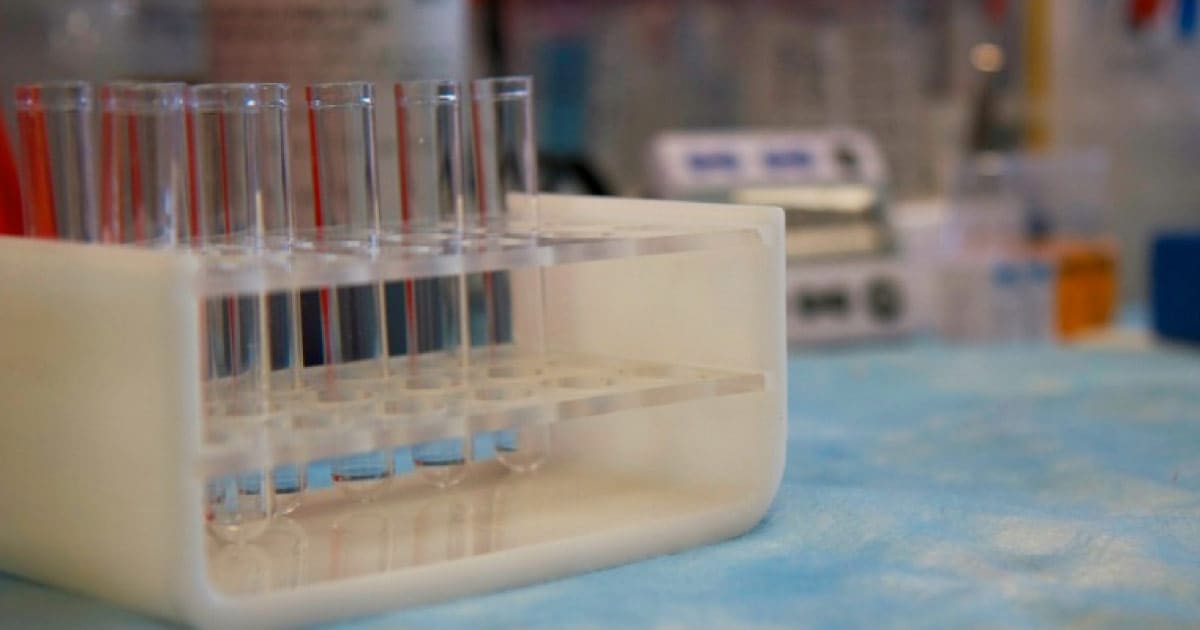
Therapy Stratification
As the 1990s came to a close and the millennium dawned, the payoff from that investment in biology may not have been a glut of targeted agents, but it was still highly valuable.
In deeply studying the cancers, researchers discovered that within what they thought was one type of childhood cancer, there are a multitude of variations. Some of these are more vicious than others and require more intense treatment. Others are less aggressive and require less treatment.
So, doctors began to classify children’s cancers at diagnosis to determine the level of treatment that was most likely to cure them with the least long-term damage. This is called therapy stratification.
“We’ve come to understand that giving more chemotherapy is not always better, that there is a price that you pay in terms of late effects,” Dr. Mackall said. “So one of the best things that you can do for your patient is figure out who you’re over-treating.”
Now and Beyond
The past five years have finally brought targeted therapies to pediatric cancer treatment, plus an exciting new addition — immunotherapy.
“I think we’re at the tip of the iceberg for immunotherapy of cancer, and I don’t know how big the iceberg is,” Dr. Mackall said.
“I’m hopeful,” she continued. “I’m also realistic. I know how difficult of a foe cancer is, so I don’t ever think one modality is going to be the be-all, cure-all, but I do think it’s going to be the fourth pillar.”
There was surgery, radiation, chemotherapy and now, immunotherapy, where the body’s own immune system is modified so it can identify and kill cancer cells.
Another emerging player is epigenetic therapies — treatments that regulate the expression of genes. With childhood cancer, Dr. Mackall said, often the problem arises when genes become dysregulated — in other words, when genes turn on or off too much or too little.
“It’s just a whole new class of agents. It’s a whole new biology,” she said. “And I think it’s going to be really important in pediatrics, because a lot of our tumors — we always say they’re ‘abnormalities of development.’”
These discoveries have been made under ever-changing funding conditions. Federal funding, which years ago was the bread and butter for these researchers, has diminished. Foundations like St. Baldrick’s have moved in to help fill those funding gaps.
“The whole field of biomedical research is undergoing a lot of changes. Back in the 80s and 90s and even the early 2000s, most of the action came from the federal government,” Dr. Mackall said. “It’s just not happening the same way anymore.”
That’s why St. Baldrick’s and the support it provides is so important, she said.
The Tipping Point
Dr. Mackall believes that the research world is at a decisive moment today, specifically with immunotherapy. As more advances in immunotherapy have been made, more momentum has gathered.
With that momentum, she said, comes success.
“It’s hit a tipping point and when it does that, there’s all kinds of benefits that come with it. The resources become available to do even better work. Groups in different cancers are working on it, so we get to learn more from different places. Companies start to invest and when companies invest their money, they’re not going to let something fail, they’re going to keep pushing,” she said.
“It’s like everything gets poised for success. Instead of trying to push up the hill, you’ve got the wind at your back.”
It’s Childhood Cancer Awareness Month, and together, we can make history. Join us and fund the next big discovery for kids with cancer.
